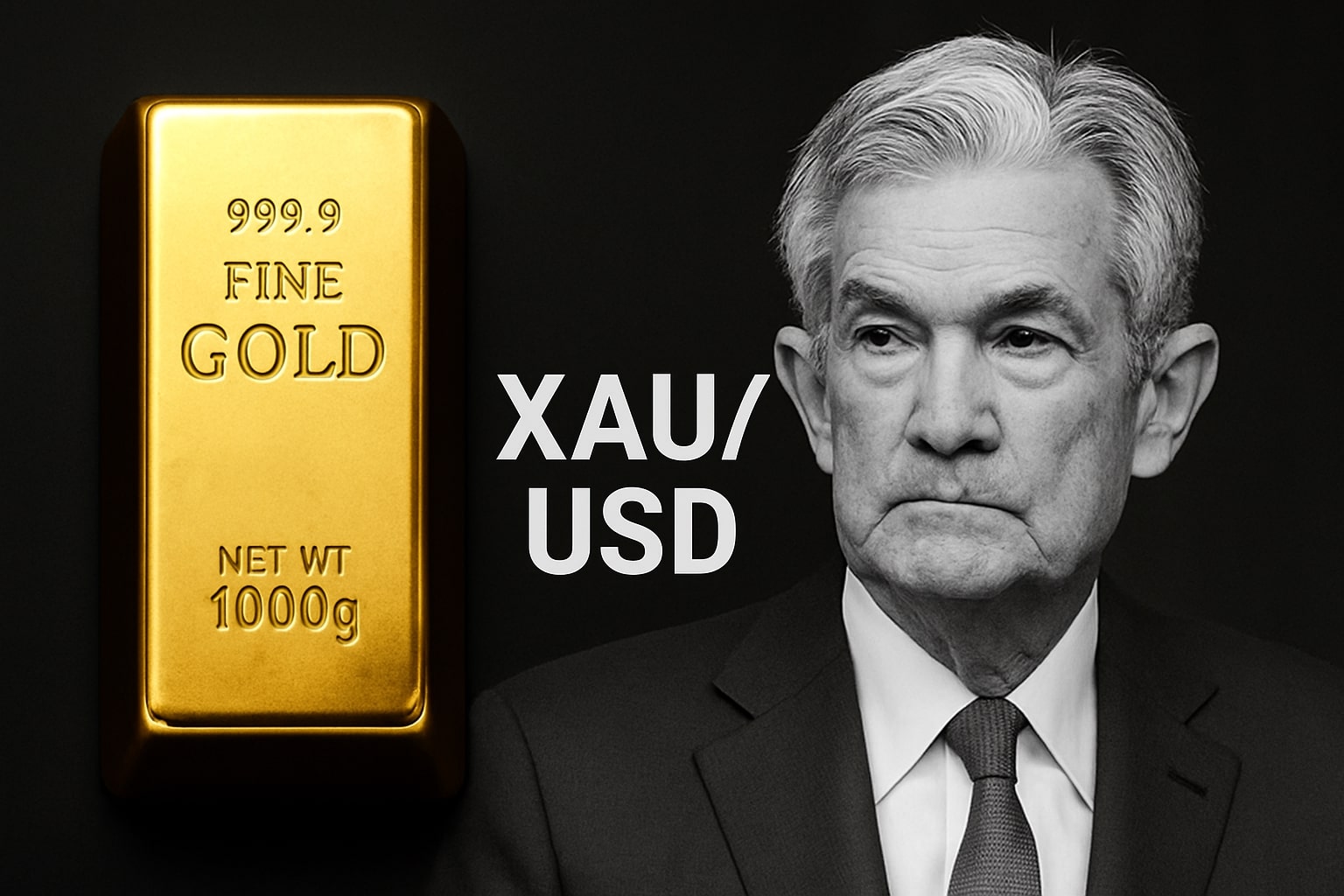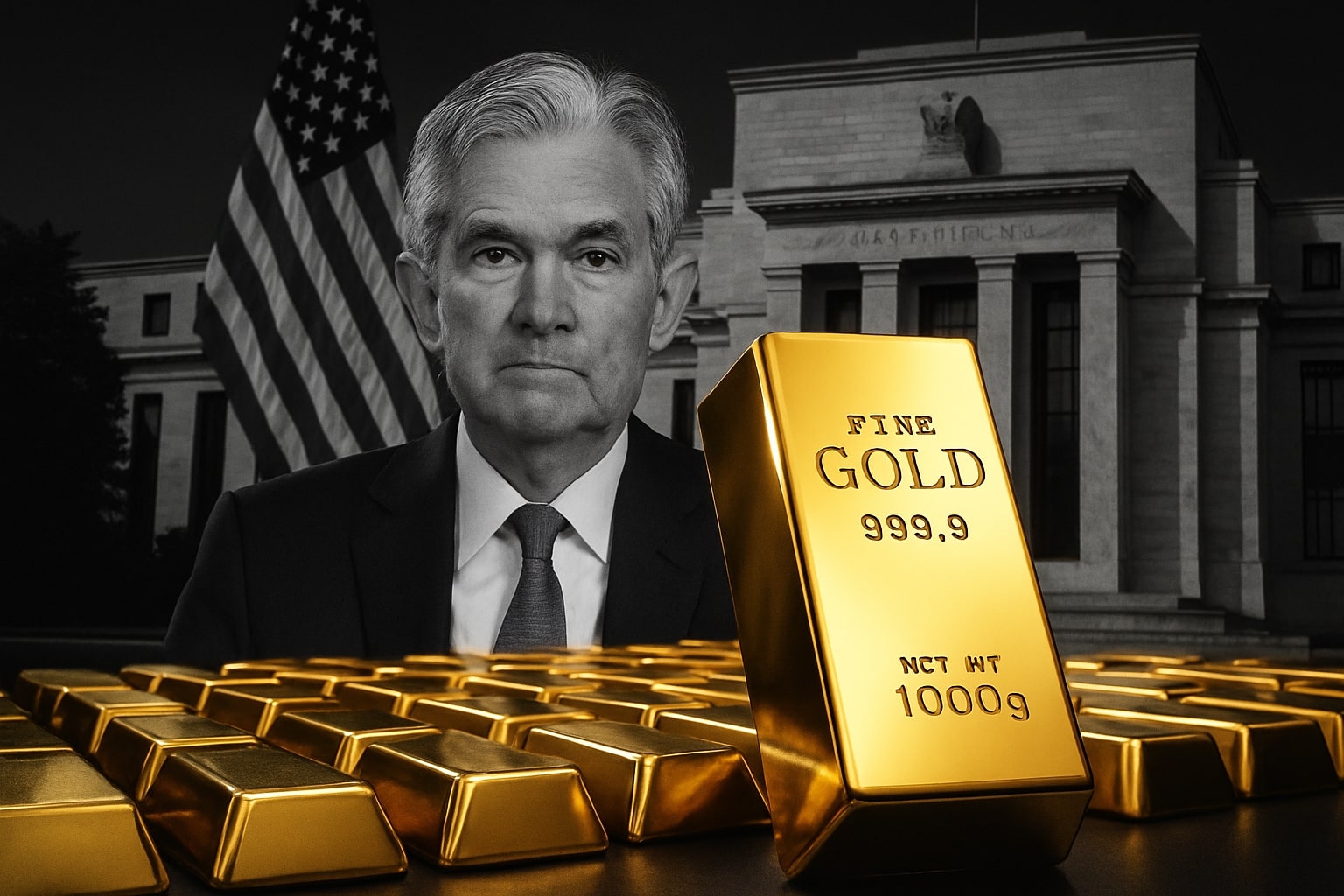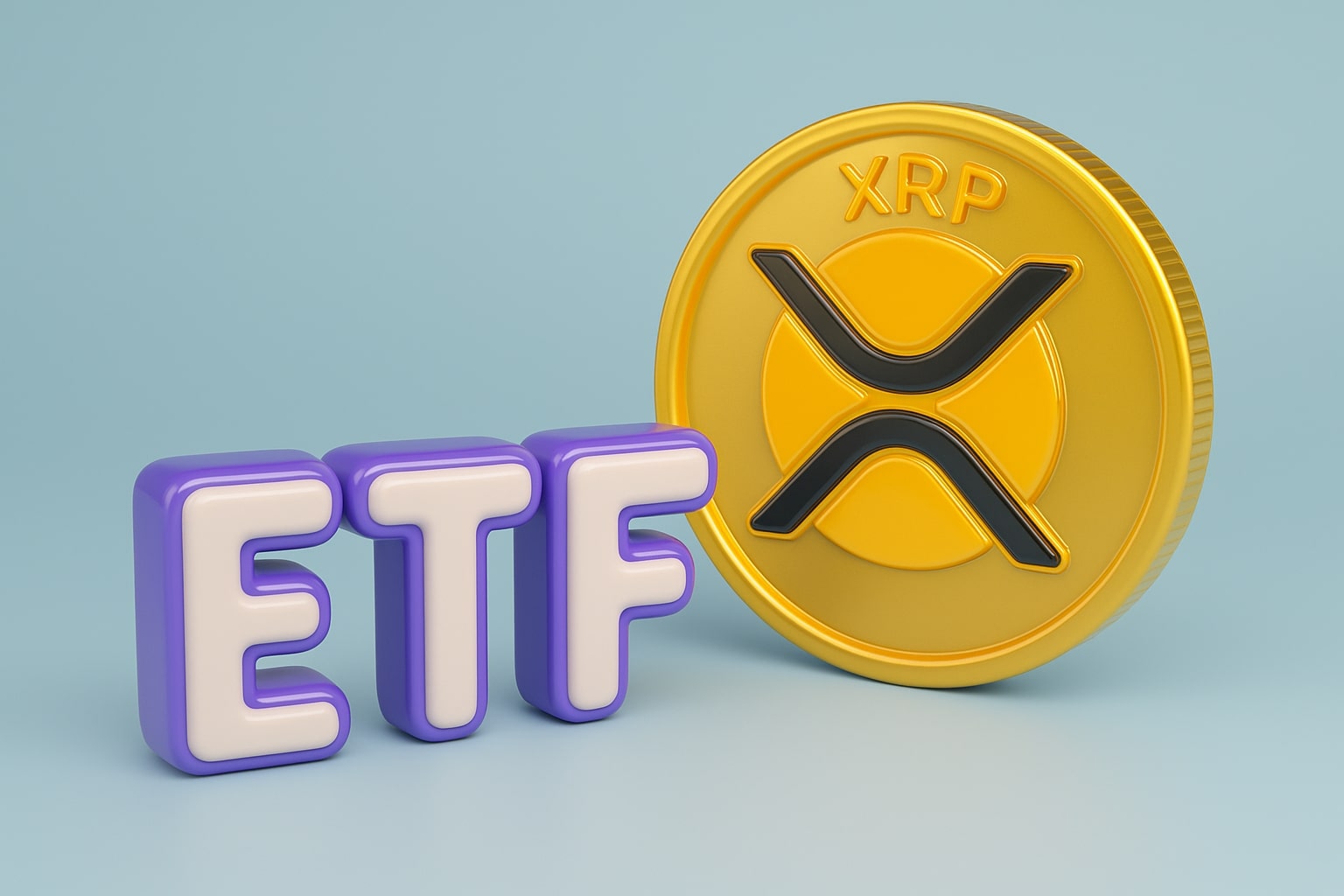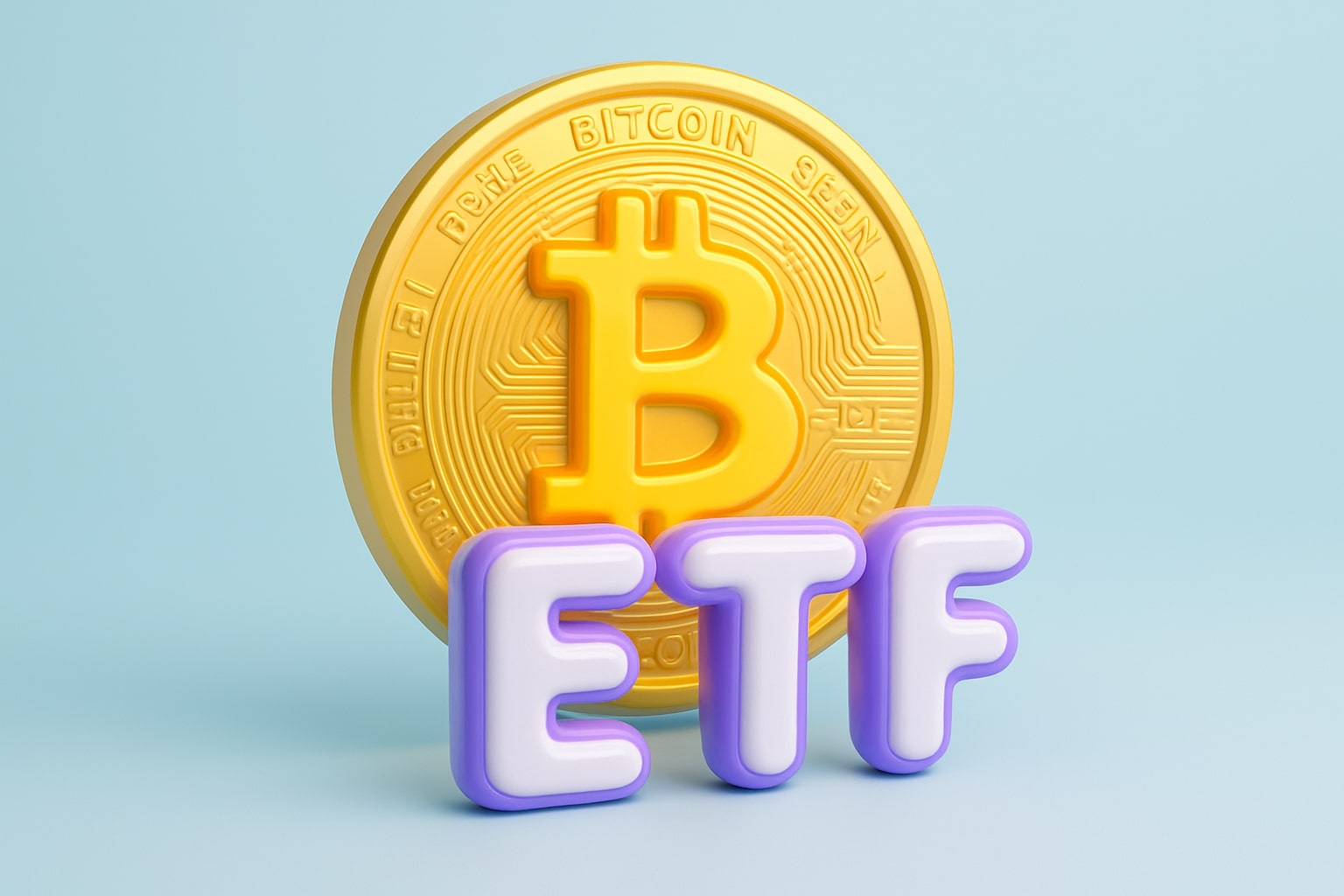
Gold Price Forecast - Defends $4,100 as Inflation Cools and Central Bank Demand Fuels $5,000 Outlook
Gold steadies near $4,115, finding support from global monetary easing, record bullion accumulation by central banks, and a weaker dollar | That's TradingNEWS
Gold (XAU/USD) Holds Above $4,100 as Inflation Cools and Fed Cut Bets Mount
Gold (XAU/USD) is trading near $4,115 per ounce, consolidating after its first weekly decline in over two months. The metal briefly dipped to $4,050 before rebounding as cooling inflation revived expectations for another Federal Reserve rate cut. The latest CPI reading of 3.0% year-over-year, below forecasts of 3.1%, strengthened investor conviction that the Fed will ease policy at its upcoming meeting. Despite a 2% weekly pullback from the recent $4,375/oz peak, gold continues to find solid support above the $4,000 mark, signaling that safe-haven demand remains intact even amid profit-taking and ETF outflows.
Central Bank Gold Purchases Drive a Global Supply Squeeze
Global central banks continue to dominate the demand landscape, with record-breaking purchases that have reshaped gold’s supply dynamics. Nations including China, India, and Turkey have accelerated accumulation programs, collectively purchasing thousands of tonnes of gold over the past year. China’s central bank has now added to its reserves for twelve consecutive months, while emerging markets collectively account for over 70% of global central bank demand. This steady removal of physical gold from the LBMA and COMEX exchanges has created an ongoing supply deficit that mining production cannot offset. With mine output capped near 3,600 tonnes annually, and energy and ESG-related costs driving production expenses up to $1,600 per ounce, the structural imbalance continues to favor higher long-term prices.
Fed Policy and Dollar Weakness Reinforce Gold’s Uptrend
The Fed’s dovish shift remains the single most powerful short-term driver for gold. Market participants now expect the Federal Funds Rate to decline from 4.25% to 4.00%, a move that would further depress real yields and lift non-yielding assets like gold. The U.S. Dollar Index (DXY) has weakened to around 103.4, its lowest level in two months, undercutting the greenback’s global dominance. As more countries establish bilateral trade settlements outside of the U.S. dollar, demand for dollar alternatives has surged—bolstering gold’s value as a reserve asset. In this environment, XAU/USD remains supported by both monetary easing expectations and the structural erosion of dollar liquidity in global markets.
Geopolitical Risks and Trade Tensions Sustain the Safe-Haven Premium
Heightened geopolitical risk continues to feed gold’s safe-haven narrative. Renewed conflicts in Eastern Europe and the Middle East, alongside escalating trade friction between the U.S. and China, have kept investors defensive. Recent tariff actions sent gold above $4,300/oz last week before profit-taking set in. With the U.S. government still facing a partial shutdown and fiscal negotiations at an impasse, global capital continues to flow into gold as a hedge against political instability and policy uncertainty. The persistent bid above $4,000 underscores that traders remain unwilling to reduce exposure ahead of the FOMC decision, suggesting that geopolitical hedging is now a structural feature of the market rather than a short-term trade.
Futures Market Dynamics Highlight Controlled Consolidation
On the COMEX, December futures contracts trade near $4,120, with open interest slightly lower following a speculative surge earlier this month. Technical traders are closely watching the $4,200 resistance zone—aligned with the 61.8% Fibonacci retracement from the last up-leg. Support sits at $4,000–$4,050, an area reinforced by consistent buying from Asian physical markets. The RSI at 46 and a cluster of Doji and spinning-top candles around $4,130 reflect indecision before the Fed announcement. A decisive breakout above $4,200 could activate targets at $4,270–$4,380, while failure to hold $4,050 risks a brief retracement toward $3,906 before long-term buyers re-emerge.
Institutional Forecasts Push Price Targets to New Highs
Major institutions have recalibrated their models to reflect the shift in global monetary policy. J.P. Morgan projects gold to average $3,675 per ounce in Q4 2025 and climb toward $4,250 by late 2026. Bank of America anticipates a break toward $5,000/oz, citing accelerated currency debasement as central banks expand liquidity to counter economic slowdown. Goldman Sachs identifies a range between $4,000–$5,000 as the realistic forecast for 2026, emphasizing that declining trust in central bank independence is fueling institutional hedging. Morgan Stanley, in a landmark shift, restructured its core asset model into a 60/20/20 portfolio—allocating 20% to gold for long-term diversification. This adjustment from a major U.S. institution signals that gold’s reclassification as a core strategic asset is no longer theoretical but systemic.
Read More
-
PFFA ETF Nears $21.50 as Rate Cuts and 9.49% Yield Spark Renewed Demand
29.11.2025 · TradingNEWS ArchiveStocks
-
XRPI and XRPR ETFs Ignite Ripple’s Institutional Rally as Inflows Near $1B and XRP Holds $2.20
29.11.2025 · TradingNEWS ArchiveCrypto
-
Natural Gas Price Forecast - NG=F Blasts to $4.85 as Demand Surge Fuel Multi-Month Breakout
29.11.2025 · TradingNEWS ArchiveCommodities
-
USD/JPY Price Forecast - Yen to Dollar Slides to 156.10 as Yen Strengthens on Fed Cut Expectations
29.11.2025 · TradingNEWS ArchiveForex
Historical Trends Contextualize Gold’s Modern Rally
Historical data reinforces gold’s asymmetric return profile. From 2001 to 2025, gold surged 591%, outperforming major equity benchmarks during every major crisis cycle. Between 1970 and 1980, the metal soared 850%, while from 1980 to 2001, it dropped 82% amid disinflationary policy regimes. The current uptrend—up 46% year-to-date—mirrors prior inflationary cycles, particularly the 1970s, when persistent price pressures and central bank accumulation combined to fuel multi-year gains. The re-emergence of monetary experimentation and sovereign de-dollarization strongly suggests that this rally may represent a structural, not cyclical, shift.
Mining Supply Limitations Support the Bullish Structure
Mining constraints continue to amplify gold’s bullish trajectory. Global production remains stagnant at roughly 3,600 tonnes per year, while exploration lead times have stretched beyond a decade. Rising labor, energy, and environmental compliance costs have increased average production costs to between $1,400–$1,600 per ounce, narrowing profit margins even at current prices. New projects in Africa and Latin America face extended approval timelines, limiting short-term supply flexibility. These constraints ensure that physical market tightness will persist, reinforcing long-term price resilience and making each correction shallower than the last.
ETF Flows Indicate Positioning Adjustments but Not Capitulation
Gold-backed ETFs saw moderate outflows during the week as traders booked profits, particularly after the surge above $4,350/oz. However, total global holdings remain historically elevated, underscoring persistent institutional positioning. New fund issuances in Singapore, the UAE, and Switzerland have broadened investor access, expanding gold’s global liquidity base. The next major move in ETF holdings will likely coincide with the FOMC decision, as Powell’s tone on inflation and growth will determine short-term positioning between hedge funds and asset allocators.
Technical Outlook: $4,200 as the Pivot for Momentum Traders
Gold’s near-term structure remains technically balanced, with the 20-day EMA ($4,125) and 50-day EMA ($4,130) converging to form a neutral base. The psychological barrier at $4,200 represents the key trigger for momentum algorithms and institutional buying programs. A breakout above that level could ignite the next leg higher toward $4,380–$4,450, while sustained closes below $4,050 might extend consolidation but not alter the broader bullish trend. Market depth data indicates robust bids across the $4,000 zone, suggesting that dip-buying remains a dominant strategy.
Strategic View and Market Verdict on Gold (XAU/USD)
All key variables—monetary policy, central bank accumulation, geopolitical stress, and structural supply deficits—continue to favor gold’s long-term appreciation. The cooling CPI data and the imminent Fed rate cut reinforce the metal’s position as the premier inflation hedge in a weakening dollar environment. With record central bank holdings, tight mining supply, and declining real yields, the balance of probabilities points toward a sustained bullish trajectory.
Gold (XAU/USD) remains a Buy above $4,050, targeting $4,250–$4,500 through Q4 2025, with $4,200 as the immediate breakout level to watch. The underlying fundamentals—tight physical supply, expanding institutional participation, and macro liquidity growth—anchor one of the strongest long-term setups in the commodity space.



















